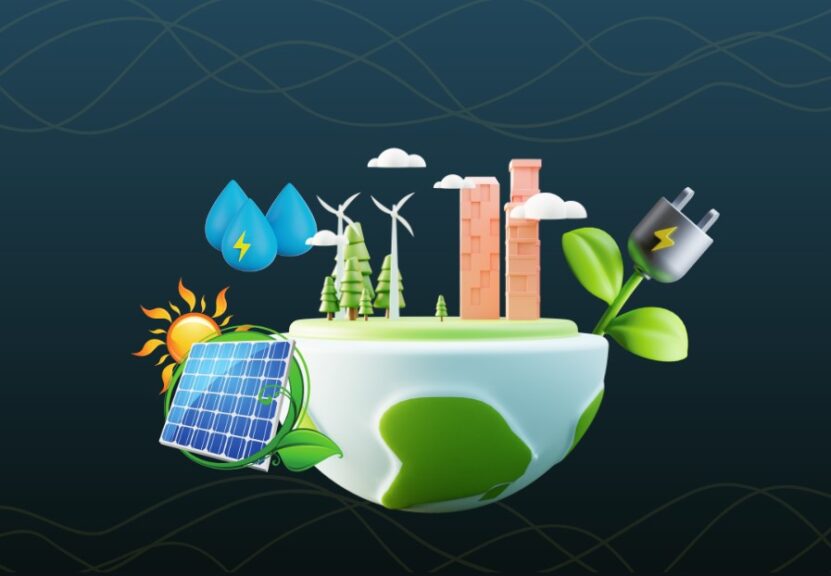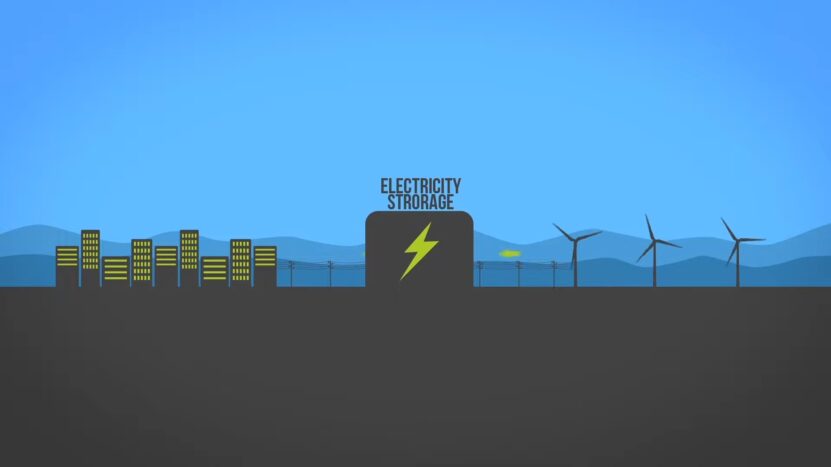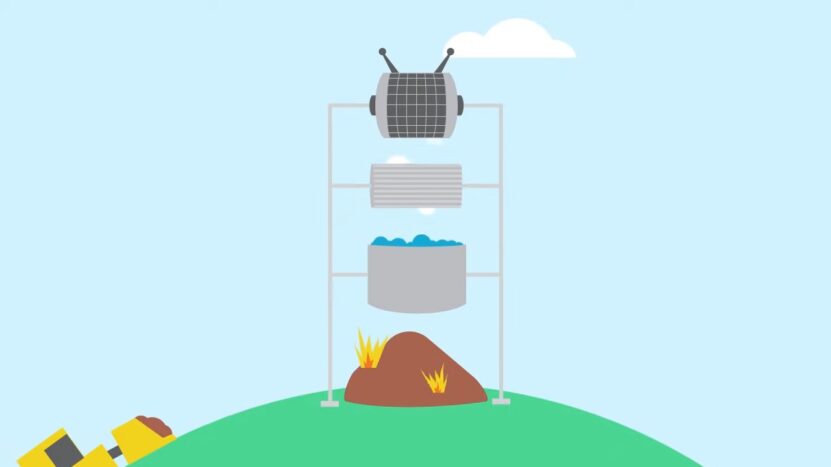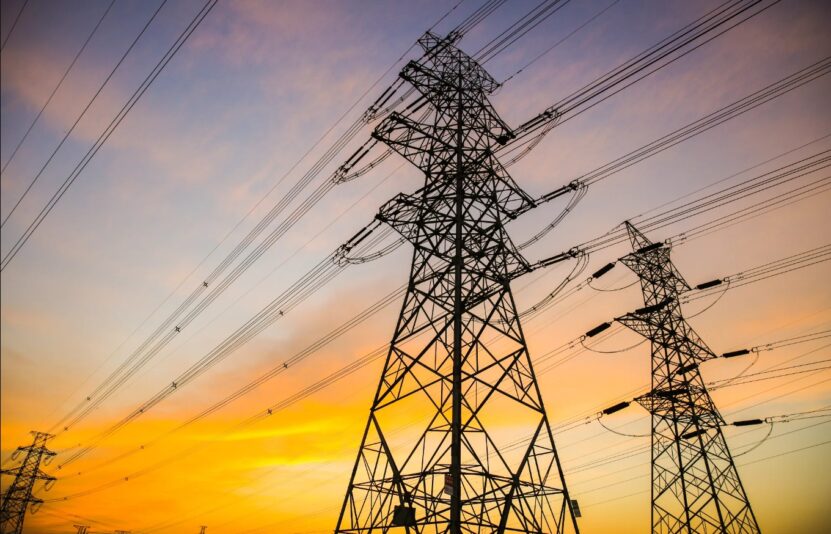The world is witnessing a paradigm shift in the energy sector, transitioning from traditional fossil fuels to cleaner and more sustainable renewable energy sources. As the demand for energy continues to grow, the need for a reliable and constant supply of electricity, also known as baseload power, becomes increasingly important.
While renewable energy sources like solar, wind, and hydropower have made significant strides, skeptics still question their ability to provide baseload power. This article aims to dispel those doubts by demonstrating how renewables can and will provide a stable energy supply to meet our growing needs.
Baseload Power Explained

Baseload power refers to the minimum level of electricity required to meet constant energy demands. Traditionally, baseload power has been provided by large, centralized power plants that utilize fossil fuels or nuclear energy.
These sources have the advantage of being able to produce electricity continuously, ensuring a stable supply. However, they also come with significant drawbacks, such as greenhouse gas emissions, radioactive waste, and limited fuel supplies.
The Growing Role of Renewable Energy
Renewable energy sources have been growing in popularity due to their sustainability, affordability, and environmental benefits. The most common renewable energy sources include:
- Solar Energy
- Wind Energy
- Hydropower
- Geothermal Energy
- Biomass Energy
These sources are abundant, inexhaustible, and produce little to no greenhouse gas emissions. However, one key challenge remains: can renewables provide the stable, continuous supply of energy required for baseload power?
Overcoming Intermittency: The Key to Baseload Power
The primary obstacle to using renewable energy sources for baseload power is their inherent intermittency. Solar and wind power, for instance, depend on the availability of sunlight and wind, which can be unpredictable. To overcome this challenge, several innovative solutions have emerged, such as:
- Energy Storage Systems
- Grid Interconnections
- Hybrid Renewable Energy Systems
- Smart Grid Technologies
By implementing these solutions, renewables can effectively provide baseload power while maintaining their environmental benefits.
Energy Storage Systems: The Game Changer

One of the most promising solutions to the intermittency issue is the development of advanced energy storage systems. These systems store excess energy generated during periods of high production and release it when needed, ensuring a stable supply. Some of the most common energy storage technologies include:
- Lithium-ion Batteries
- Flow Batteries
- Pumped Hydro Storage
- Compressed Air Energy Storage (CAES)
- Thermal Energy Storage
As energy storage technology continues to advance, the cost of these systems will decline, making them an increasingly viable option for providing baseload power with renewable energy sources.
Grid Interconnections: Powering the Future Together
Grid interconnections involve connecting various power generation sources and utility networks across regional and national borders. By pooling resources, interconnections can offset the intermittency of renewable energy sources and ensure a stable electricity supply.
For example, when the sun is shining in one region and producing excess solar power, that energy can be transmitted to another region where it is cloudy or nighttime. The same principle applies to wind energy, with wind patterns often varying between regions.
Hybrid Renewable Energy Systems: Combining Strengths
Another approach to overcoming intermittency is by integrating different renewable energy sources into hybrid systems. By combining sources like solar, wind, and hydro, these systems can capitalize on the strengths of each source and offset their weaknesses.
For example, when solar and wind resources are low, hydropower can step in to maintain a stable electricity supply. Furthermore, integrating energy storage solutions into hybrid systems can further enhance their reliability and capacity to provide baseload power.
Smart Grid Technologies: The Backbone of a Renewable Energy Future
Smart grid technologies play a crucial role in managing the integration of renewable energy sources and ensuring their reliability for baseload power provision. These advanced systems use digital communication, automation, and real-time monitoring to optimize the generation, distribution, and consumption of electricity.
By dynamically balancing supply and demand, smart grids can efficiently integrate variable renewable energy sources like solar and wind, effectively addressing their intermittency challenges. Key components of smart grid systems include:
- Advanced Metering Infrastructure (AMI)
- Demand Response Management
- Distributed Generation
- Grid Automation and Control Systems
- Microgrids
As more countries adopt smart grid technologies, the ability of renewable energy sources to provide baseload power will become increasingly feasible.
Geothermal and Biomass Energy: The Unsung Heroes of Baseload Power

While solar and wind energy often takes the spotlight in discussions about renewables, geothermal and biomass energy sources have the innate ability to provide baseload power due to their consistent availability.
Geothermal energy taps into the Earth’s internal heat, producing a steady supply of electricity. Similarly, biomass energy, derived from organic matter like plants, wood, and agricultural waste, can be burned or converted into biogas to generate electricity continuously.
By investing in the development and deployment of geothermal and biomass energy technologies, these unsung heroes can play a vital role in providing baseload power from renewable sources.
The Road Ahead: Policy and Infrastructure for a Renewable Baseload Future
The transition to renewable baseload power requires not only technological innovations but also supportive policies and infrastructure development. Governments and utility companies must work together to create a favorable environment for renewables to thrive as a baseload power solution. Key areas of focus include:
- Investment in Research and Development
- Renewable Energy Incentives and Subsidies
- Grid Modernization and Expansion
- Support for Energy Storage Technologies
- Collaboration Between Public and Private Sectors
By adopting forward-thinking policies and investing in the necessary infrastructure, the global community can successfully transition to a renewable energy future that provides reliable baseload power.
Final Words
The question of whether renewable energy sources can provide baseload power is no longer a matter of if but how. Through innovative solutions like energy storage systems, grid interconnections, hybrid renewable energy systems, and smart grid technologies, the intermittency challenges of solar and wind energy can be effectively managed.
Moreover, geothermal and biomass energy sources have the innate ability to provide continuous power, further strengthening the case for renewables as baseload providers.
As the world continues to grapple with the pressing need for clean and sustainable energy solutions, the role of renewables in providing baseload power will only become more significant. By investing in research, infrastructure, and supportive policies, we can ensure a brighter, greener, and more reliable energy future for generations to come.

